When the University of Florida made Steve Spurrier the highest-paid coach in college football history—and the game’s first million-dollar man—in 1996, there was an air of scandal surrounding the news.
One million dollars? In college sports? It feels downright quaint when revisited in this era. Top-strength coaches are now joining the seven-figure club.
Referencing USA Today’s database of coaching salaries, most recently updated in October 2024, 92 FBS coaches earn at least $1 million annually. Certainly, inflation from 30 years ago is a factor, but if only all professions’ pay scales swelled at the rate of coaching salaries…
With that in mind, it’s not unfair to evaluate coaching tenures relative to their sizable bank accounts. Using USA Today’s findings, the following quartet stands out for delivering results that fall short of their wages.
A notable omission is Penn State’s James Franklin. Franklin’s 1-10 all-time record against Ohio State is certainly a sore spot among the Nittany Lions fan base, as is the program’s inability to break through to a College Football Playoff appearance.
However, the Nittany Lions have consistently finished seasons ranked in the top 10. With Franklin’s $8.5 million salary ranked as the 13th-most lucrative among coaches, Penn State’s results typically meet or exceed its coach’s paycheck.
Trent Dilfer, UAB
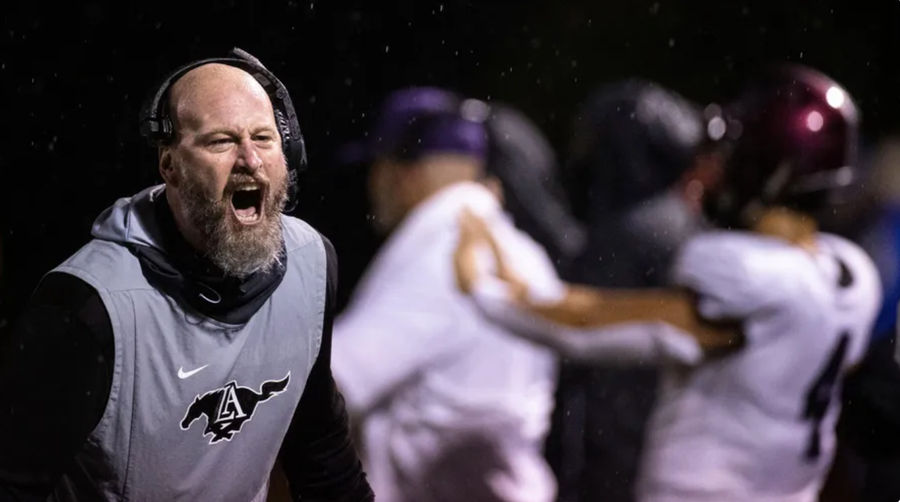 Trent Dilfer source: Getty Images
Trent Dilfer source: Getty Images Starting with the 77th-highest paid coach in the sport may seem like an odd choice. But then, UAB hiring Trent Dilfer was an odd choice in itself, and his brief tenure has almost immediately unraveled the remarkable work of his predecessor, Bill Clark.
Clark transformed the regular cellar-dweller program, which had been literally shut down early into his tenure, into a perennial bowl participant. Dilfer took over with four years of high school coaching experience at Tennessee-based Lipscomb Academy, and the Blazers immediately began to struggle.
They went 4-8 last season and are 2-6 through eight games in 2024, with an average margin of defeat of 25.7 points per game. At $1.5 million per year, Dilfer is paid more than in-state counterpart Rich Rodriguez, who has won 14 games in less than two seasons at Jacksonville State.
Dilfer’s UAB team also suffered a humiliating defeat this season at the hands of ULM, coached by Bryant Vincent, a former Clark assistant passed over for the Blazers job. Vincent is paid $900,000 less per year than Dilfer.
Billy Napier, Florida
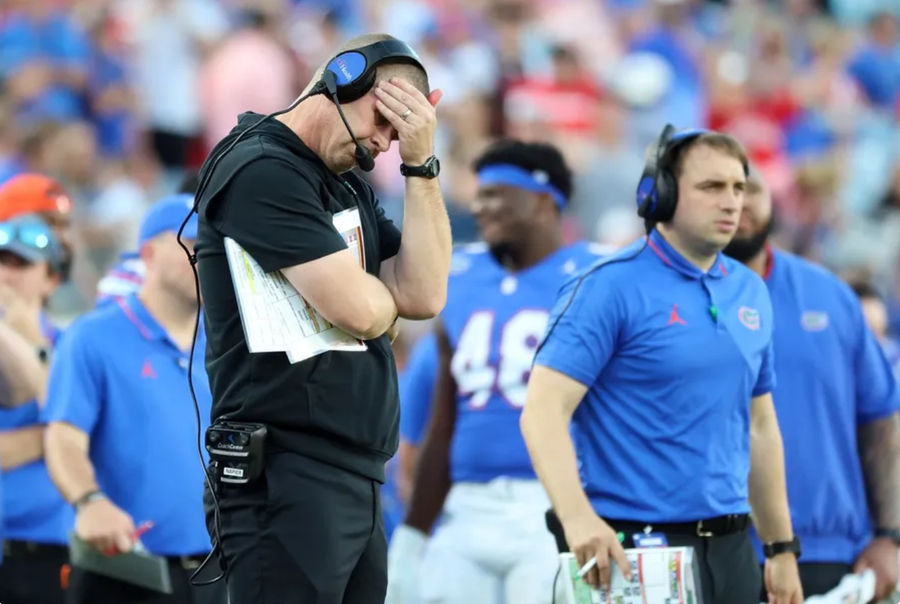 Oct 28, 2023; Jacksonville, Florida, USA; Florida Gators head coach Billy Napier reacts against the Georgia Bulldogs during the second half at EverBank Stadium. Mandatory Credit: Kim Klement Neitzel-USA TODAY Sports
Oct 28, 2023; Jacksonville, Florida, USA; Florida Gators head coach Billy Napier reacts against the Georgia Bulldogs during the second half at EverBank Stadium. Mandatory Credit: Kim Klement Neitzel-USA TODAY Sports As the first program ever to pay its head coach $1 million, Florida obviously takes its investment in football seriously. Those in Gainesville responsible for making such decisions also demand immediate and consistent ROI. Just ask Jim McElwain and Dan Mullen, both of whom were fired within two years of reaching an SEC Championship Game.
So, with third-year Gators coach Billy Napier sporting an underwhelming 15-18 record in his tenure and headed for a possible third straight sub-.500 finish, it stands to reason that Napier was on the hot seat. His $7.37 million per year contract, ranked No. 21 in college football, is relatively modest compared to the rest of the SEC—and perhaps reflective of the massive buyout money that the program’s impatience has cost it.
Mullen’s buyout came with a $12 million price tag, which Florida is paying through 2027. McElwain’s buyout totaled $7.5 million, the same rate UF initially balked at paying to Colorado State in order to hire him away from Fort Collins.
One massive reason he’s back for 2025: Napier’s buyout is staggering $26.7 million.
Lincoln Riley, Southern California
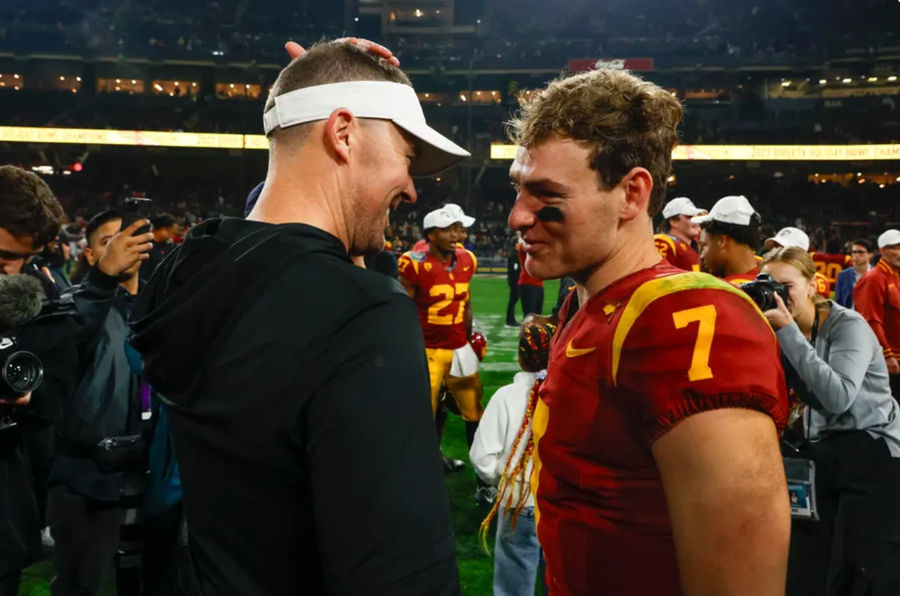 Lincoln Riley and Miller Moss. source: Getty Images
Lincoln Riley and Miller Moss. source: Getty Images In the roughly 15 years since the end of the Pete Carroll dynasty at USC, Trojans faithful have offered no shortage of explanations as to why the program has not been able to recapture its dominance of the 2000s.
NCAA sanctions in the wake of the Reggie Bush scandal—which wouldn’t even violate today’s rules—were overly punitive. The Pac-12 Conference was holding USC back. The investment in coaching salaries wasn’t competitive with the top of college football.
Well, it’s been a decade since the Bush scandal sanctions lapsed. The Trojans are now members of the Big Ten, and at more than $10 million per year, Lincoln Riley is the fourth-highest paid coach in the sport and tops in the Big Ten.
A promising start in 2022, with USC going 11-1 in the regular season, seemed to justify the hefty contract. Since then, however, USC has posted a combined 12-12 record, with a disappointing finish to 2022, an 8-5 record in 2023 that felt like a retread of the Clay Helton years, and a 2-5 start in 2024. The Trojans have lost to three Big Ten teams with .500 or worse league records (Washington, Michigan, and Maryland).
Mark Stoops, Kentucky
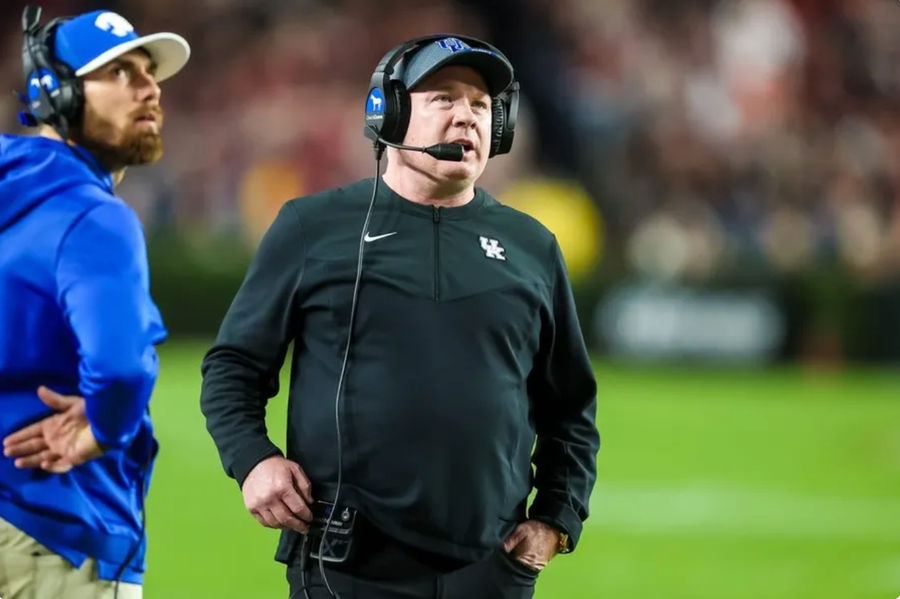 Nov 18, 2023; Columbia, South Carolina, USA; Kentucky Wildcats head coach Mark Stoops directs his team against the South Carolina Gamecocks in the first quarter at Williams-Brice Stadium. credits: Jeff Blake-USA TODAY Sports
Nov 18, 2023; Columbia, South Carolina, USA; Kentucky Wildcats head coach Mark Stoops directs his team against the South Carolina Gamecocks in the first quarter at Williams-Brice Stadium. credits: Jeff Blake-USA TODAY Sports The inclusion of Stoops, who in 2022 became Kentucky’s all-time wins leader, is tenuous.
Winning with consistency at what is a firmly established basketball school is never easy—just look at the track records of Duke, Kansas, UConn, or Arizona football programs. Look, too, at Stoops’ Kentucky predecessors, most of whom have seen far more success during his tenure.
Bear Bryant and his successor, Blanton Collier, are the only other Wildcats coaches post-World War II to have above-.500 records at UK.
Stoops is also the ninth-highest paid head coach in the sport, making just over $9 million a year. Kentucky has finished ranked in the end-of-season Top 25 just twice during Stoops’ tenure—the most recent time, in 2021, it had its 10 wins vacated.
Measured against the history of Kentucky football, Stoops is an undeniable success. However, measured against his $9 million salary, Stoops is the least accomplished among the sport’s 10 highest-paid coaches.










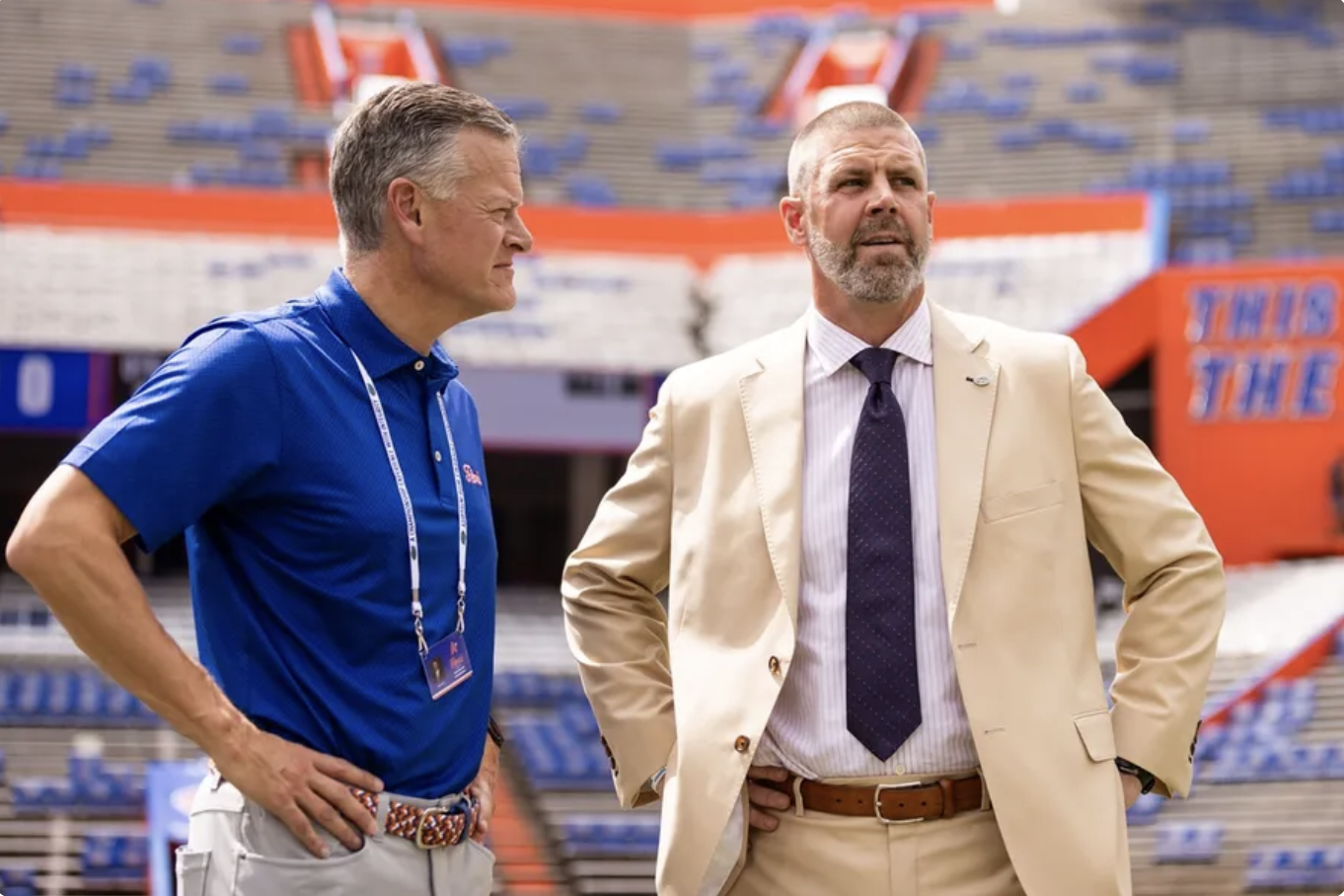









Discussion about this post